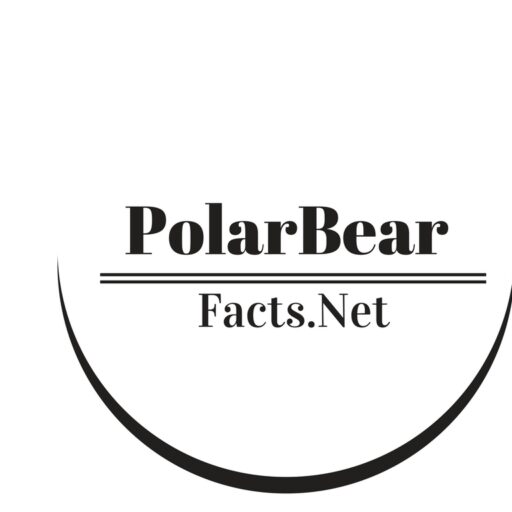Polar bear is a pretty heavy animal—probably the heaviest of all carnivorous land mammals. Siberian tiger is just about the same weight
MoreThe polar bear (Ursus maritimus) doesn’t seem to have any special anatomical adaptations despite the fact that it is the only bear
More

